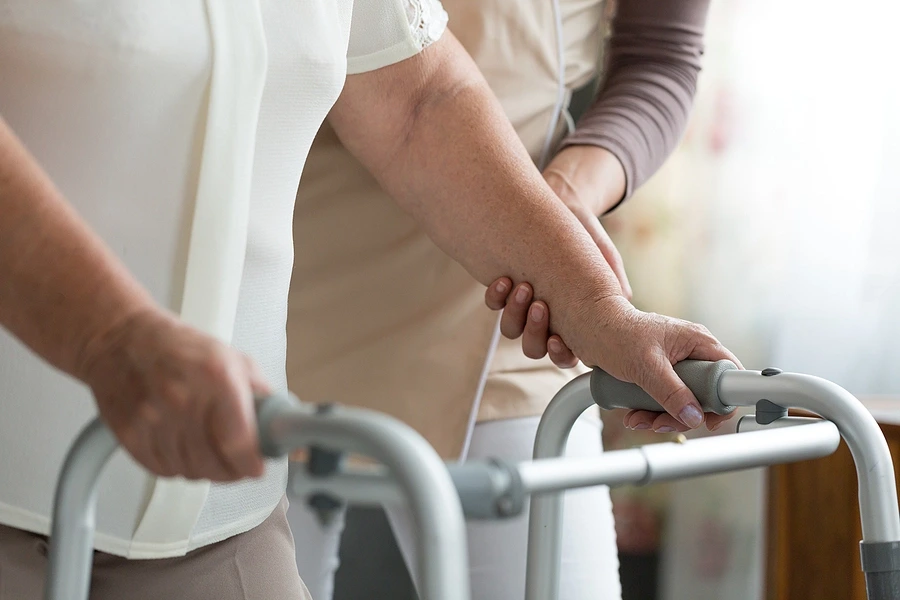Protecting our Elders: A Closer Look at Elder Abuse Litigation

In a society where our elders are often hailed as pillars of wisdom and experience, it is disheartening to note that elder abuse is a persisting and significant issue. This form of abuse can be emotional, physical, or financial and often occurs when we least expect it. In our efforts to advocate for our older adults, it’s crucial to understand the basics of elder abuse litigation. This blog post aims to shed light on the complexities of these cases, the rights of our seniors, and the options available to protect them.
Identifying the Signs of Elder Abuse
Recognizing the indicators of elder abuse is the first step in protecting our seniors. Signs may include unexplained injuries, sudden changes in behavior or finances, and the elder’s reluctance to discuss certain topics. It’s essential to listen to our elderly loved ones and take their concerns seriously, even when the suspected perpetrator is a trusted individual or caregiver.
Understanding the Rights of Elders
Every senior has the right to live in safety and dignity, free from abuse or neglect. Should this right be violated, elders or their representatives have the ability to seek justice through elder abuse litigation.
Pursuing Elder Abuse Litigation
Elder abuse cases can be complex, often involving multiple parties, from caregivers and medical providers to family members or even financial institutions. Navigating these complexities requires a deep understanding of elder law and personal injury law. It’s crucial to know that seniors, or their families, have the right to seek legal counsel to guide them through this process.
Filing a Lawsuit
Once signs of elder abuse are identified and legal counsel is obtained, a lawsuit can be filed against the responsible party or parties. This may include individuals who directly committed the abuse, as well as entities that failed in their duty of care, such as nursing homes or medical facilities.
Gathering Evidence
Evidence plays a significant role in elder abuse litigation. This can include medical records, bank statements, photos of injuries or living conditions, and testimonies from witnesses. A seasoned attorney can help gather and organize this evidence to build a strong case.
Obtaining Compensation
While no amount of money can undo the harm inflicted, obtaining compensation can help address the physical, emotional, and financial impact of elder abuse. Compensation can cover medical bills, pain and suffering, stolen or misappropriated funds, and more.
The Role of a Supportive Community
Elder abuse is a societal issue that requires a collective response. By staying vigilant, recognizing the signs of abuse, and understanding the basics of elder abuse litigation, we can all play a part in safeguarding our seniors. Moreover, knowing that experienced legal professionals are available to help guide victims of elder abuse through the process can provide an additional layer of reassurance.
Conclusion
In the end, it is up to all of us to ensure the dignity, respect, and safety of our elders. By educating ourselves about elder abuse litigation, we are better equipped to protect our loved ones and take action against those who violate their rights. This isn’t just about seeking justice, it’s about standing up for some of the most vulnerable among us, affirming their worth, and honoring their contributions to our lives and communities.
